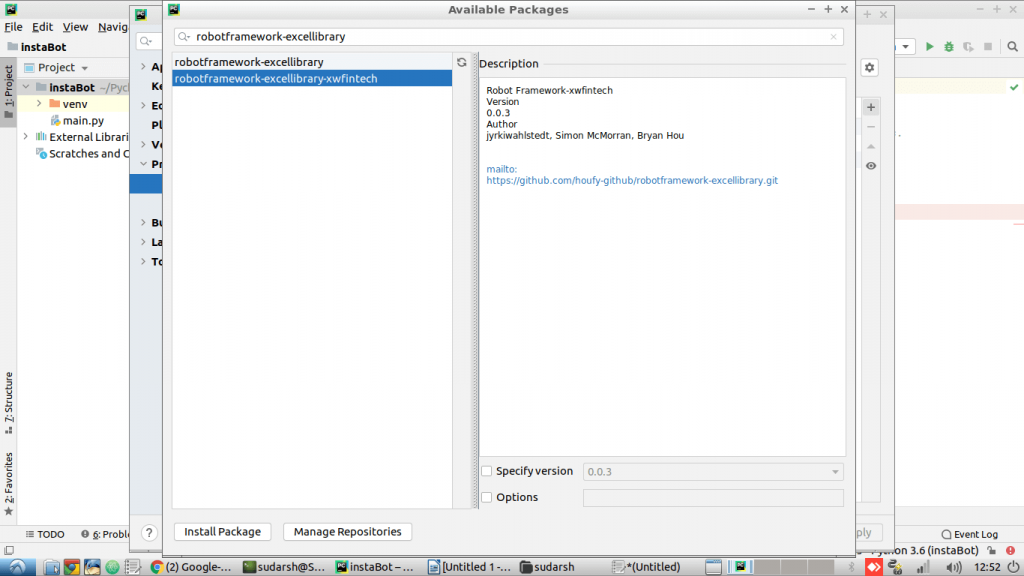5 Easy Steps to Email Excel Sheets via Unix

Managing data through emails can significantly streamline workflows, particularly when integrating your data management with the robust capabilities of Unix systems. Here's how you can effortlessly email Excel spreadsheets using Unix commands.
Step 1: Convert Excel to CSV

Excel files are not the ideal format for direct emailing due to their large size and potential compatibility issues. Instead, converting your Excel file to a CSV (Comma-Separated Values) file first can make the process more efficient:
- Open your Excel file.
- Select the data you want to send or ensure the entire workbook is active.
- Go to File > Save As.
- Choose CSV (Comma delimited) from the format list and save the file.
💡 Note: CSV files are lighter and universally supported, which makes them perfect for emailing.
Step 2: Transfer CSV File to Unix Server

Once your file is in CSV format, you’ll need to move it onto your Unix server where you will manage the email dispatch:
- Use scp (secure copy protocol) or sftp (SSH File Transfer Protocol) to transfer the file:
- Example:
scp /local/path/to/your_file.csv user@server:/remote/path/to/destination/ - Ensure your permissions are set correctly for your user to access and manipulate the file on the server.
Step 3: Send Email from Unix Server

With the CSV file now on your server, you can use Unix tools like mailx or sendmail to send emails:
- Install mailx if not already installed:
sudo apt-get install mailutils(for Debian/Ubuntu-based systems)yum install mailx(for CentOS/RHEL-based systems)- Compose and send the email with the attached file:
echo “Subject: Your Subject Line” | mailx -a /remote/path/to/your_file.csv -s “Subject Line” recipient@example.com
Step 4: Verify Email Delivery

After sending the email, it’s good practice to check if the email has been delivered successfully:
- Check your sent items or mailbox to see if the email was successfully sent.
- Log into the recipient’s email to verify receipt.
- Consider implementing logging on your Unix server to track email transactions.
Step 5: Automate the Process

To enhance efficiency, you might automate the entire process:
- Write a shell script that converts Excel to CSV, transfers it to your server, and sends the email automatically:
- Use tools like crontab to schedule this script at regular intervals.
- Ensure error handling within the script to manage failures or interruptions.
🛠️ Note: Automation reduces manual errors and saves time, improving workflow.
By mastering the process of sending Excel spreadsheets via email using Unix, you can save significant time and ensure better data integrity across your team or organization. This approach not only reduces the file size for email transmission but also ensures compatibility across various systems, potentially solving compatibility problems associated with direct Excel file sharing.
What are the benefits of using CSV over Excel for emailing?

+
CSV files are smaller in size, thus quicker to send via email, and they are universally compatible, reducing the risk of format issues when opening the file.
Can I send multiple CSV files in one email using this method?

+
Yes, you can attach multiple files by using the -a flag multiple times in your mailx command, e.g., mailx -a file1.csv -a file2.csv -s “Subject” recipient@example.com.
Is it possible to automate this process on a Mac?

+
Mac systems come with Unix-like environment, so you can automate the process similarly using Terminal or writing shell scripts with tools like automator or cron for scheduling.



